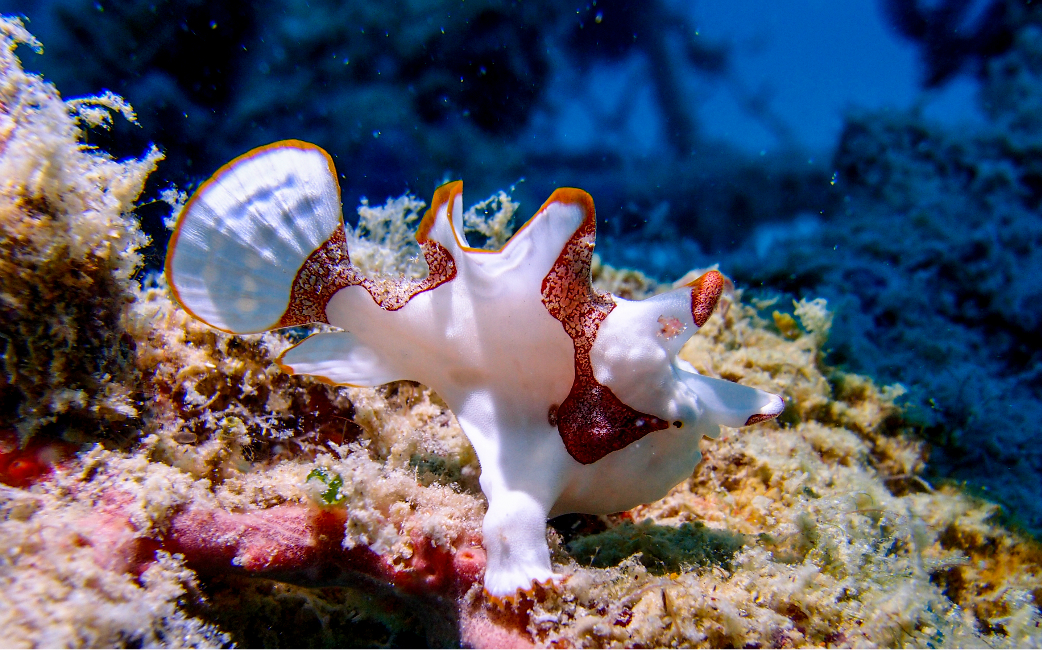
Shooting underwater
The majority of people in the world will never scuba dive, and sharing your underwater photographs is a great way to show them some of the exotic creatures that inhabit the sea. Whether in the Red Sea, oft the Yucatan or on the Great Barrier Reef, excited newbie divers straight from their first open-water dives often ask experienced underwater photographers how best to get started taking pictures in this new environment. The advice they get is not always what they want to hear. It’s most likely to go something like this: “go away and do 200 dives and then come back and ask me again”. There is a good reason for this answer. Once you are completely relaxed in the underwater world and everything you do there becomes second nature then you may be ready for the underwater photography challenge. It's difficult because when you underwater the environment could be complicated than what you expect, greater depths dull your senses, make colours disappear, and it is not easy to ask fish or other water creature to follow your order totally.
Once you become committed to photography in the briny you will be tempted to start breaking the basic dive rules, such as:
1. Holding your breath to get closer to fish because air bubbles spook them. 2. Running low on air because the best photo opportunities always seem to come at the very end of a dive. 3. Seeing an interesting photo subject below and then going to a greater depth than you first intended.Try not to break the rules and try not to break the coral (perfect buoyancy control with your BCD should keep you off the fragile coral reef).

Equipment - A waterproof camera
Your ideal option is either a compact camera or a DSLR in an under water housing. One or better still two underwater flash units will bring lost colours back to life. Seawaer carries many organisms which reduce visibility and make your pictures look hazy and as though snow is falling when you use flash. The best way to reduce this is to use an ultra wide lens (10.5 or 16mm fisheye, 20 mm prime behind a dome port), get very close to your subject and mount your flashes on long flexible arms so they side light rather than illuminate snow like particles in front of the lens. Because light falls away quickly underwater upward angled shots will give you nice light from the surface. Working on manual exposure, meter the surface ambient light first and then aim a little flash, again using manual flash power settings, on to close objects in your foreground. TTL metering usually works well for macro when there is not much light in the background.
Each photo taken under water is precious and represents a unique experience, to give your photo a perfect visual effect, you need a quick photo retouch




